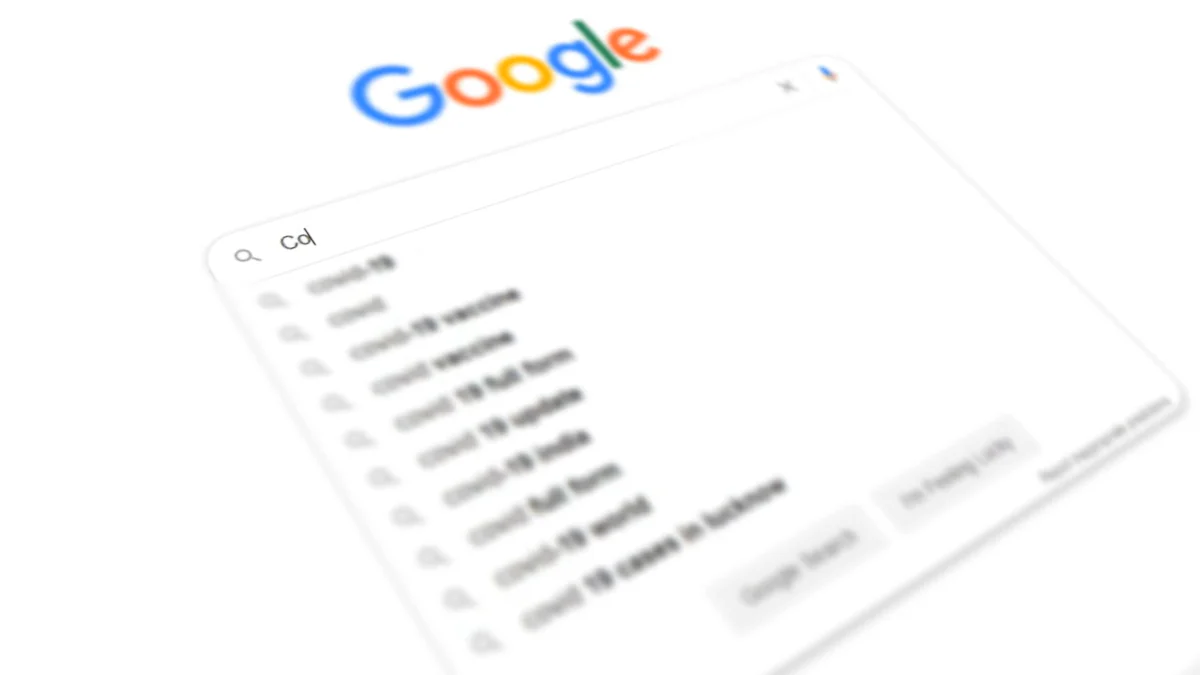
The Zero-Click Searches era
The rise of zero-click searches has become a digital game changer impacting website traffic. In 2019, a staggering 54.75% of Google searches didn’t lead to a website click, highlighting the stronghold of Google and the increasing number of searches where users get what they need right from the search results.
For example, a search like ‘universities near me‘. Google cleverly displays results in its Map Pack, directly on the search page. It poses challenges and opportunities for website owners and SEO professionals where there is a need to focus on no-click content and how it can significantly enhance your site’s user experience.

Zero-Click Searches rise
Understanding their impact on user behaviour and website traffic is crucial as zero-click searches become more common. Zero-click searches allow users to find their answers in featured snippets, knowledge graphs, and other rich results without leaving the search page. Google’s dominance in the search market is undeniable, with 64.82% of searches in 2020 resulting in zero-clicks and Google actively promoting it. The way we approach website traffic and SEO strategies needs a fresh look. Otherwise, you can expect to see a notable impact on your click-through rates and user behaviour as your users increasingly find answers without the need to navigate to your website.
Challenges and Opportunities
Being featured as a zero-click search result is vital in the digital landscape. While it presents challenges in traditional click-based traffic, it also allows brands to enhance their visibility through strategic optimisation for zero-click content. As highlighted by statistician Jennifer Hood, understanding the limitations of available research is essential when analysing the impact of zero-click searches on website traffic.

Strategies for Optimising Website Traffic
Website owners and SEO professionals need to adopt now-targeted strategies to optimise website traffic amidst the change in user behaviours, starting with the following strategies:
Targeted Optimisation for Zero-Click Content
Identifying and optimising specific types of zero-click content to maximise impact. According to Semrush, 25.6% of desktop searches and 17.3% of mobile searches result in zero clicks. Understanding how this impacts your organisation or business is crucial in enhancing brand credibility using zero-click content. Find out what is appearing as zero-click content and start optimising for it.
Keyword Evaluation and Long-Tail Strategies
Assessing the impact of SERP features on keyword performance is vital in mitigating the effects of zero-click searches. With 62% of mobile searches resulting in zero clicks, leveraging long-tail keywords becomes pivotal in maintaining organic traffic flow. Additionally, choosing keywords with higher potential for clicks can help counteract the challenges of zero-click searches.
Community Building and Brand Development
Harnessing community engagement and brand development initiatives can effectively counter the impact of zero-click searches. As highlighted by expert Kevin Indig, building apps, email lists, and communities allows businesses to tap into their audience wherever they are. This approach enables organisations to cultivate a loyal audience amidst the challenges posed by zero-click searches.
These strategies offer a proactive approach towards optimising website traffic in an environment increasingly characterised by zero-click searches.

Zero-Click Traffic: A New Advertising Format
Zero-click traffic has emerged as a unique advertising format, offering distinct advantages for marketers and businesses seeking to maximise their online presence.
Understanding Zero-Click Traffic
Exploring the concept of zero-click traffic reveals its appeal to affiliate marketers and businesses. According to the RichAds report of 2022, zero-click traffic has gained popularity due to its high conversion rates and compatibility with various geographical locations. This form of advertising presents unique characteristics that cater to specific marketing objectives, making it an attractive option for those seeking targeted and efficient promotional strategies.
Using zero-click traffic for your niche
The versatility of zero-click traffic extends across different industries, with optimal niches including Casino, Betting, Media, and E-commerce, according to the RichAds report. For instance, Alibaba Cloud’s success in winning a major open tender in Saudi Arabia showcases the potential for leveraging zero-click traffic in competitive markets. Additionally, insights from the RichAds team indicate that implementing zero-click traffic can be cost-effective, with CPM starting from $1.5.
These findings underscore the potential benefits and strategic applications of zero-click traffic across diverse industry verticals.
Watch our quick video guide to help you with your Zero-Click searches.
Step-by-step guide for Zero-Click Searches
Website owners and SEO specialists can implement the tailored strategies for zero-click search with optimised content and user engagement mentioned above. We’ve provided a step-by-step guide to help you win zero-click searches:
Research Common Queries
- Identify Popular Questions:
Use tools like Google’s “People also Ask”, AnswerThePublic, or keyword research tools to find common questions in your niche. - Analyse Search Intent:
Understand what users are really looking for when they type in a query.
Optimise for Featured Snippets
- Answer Questions Concisely:
Provide clear, direct answers to questions at the beginning of your content. - Use Structured Data:
Implement schema markup to help search engines understand the context of your content. - Format Content Appropriately:
Use lists, tables, and bullet points where relevant, as these often get pulled into featured snippets.
Create Q&A Pages
- FAQ Sections:
Add a frequently asked questions section on your website to answer common queries. - Optimise for Voice Search:
Keep answers conversational as they may be used for voice search results.
Monitor Performance
- Track Rankings:
Use SEO tools to monitor your content’s performance (Google Search Console, SEMrush, Moz, and Ahrefs) and its appearance in SERPs. - Test and Tweak:
Regularly update and refine your content based on performance data and algorithm changes.
Build Authority and Trust
- Establish Expertise:
Ensure your content reflects a high level of expertise and authoritativeness. - Acquire Backlinks:
Gain backlinks from reputable sources to increase the trustworthiness of your content.
Stay Updated with Search Engine Changes
- Follow SEO News:
Keep abreast of changes in search algorithms that might affect how zero-click content is featured. - Adapt Quickly:
Be ready to change your strategy in response to new features or shifts in how search engines display information.
By following these steps, you can create content more likely to be featured directly in search engine results, providing users with immediate answers and potentially increasing your online visibility.

Get ahead with Zero-Click Searches
Staying ahead of your competitors and achieving more leads means embracing chance and innovating your approach to SEO and any new technology that comes your way. Adapting to these new search patterns can enhance your website’s visibility and user engagement. Are you looking to revamp your SEO strategy and get ahead of your competitors? Contact us at Design Grid, where we specialise in turning challenges into opportunities for you. Let’s work together. Contact us now or book a meeting to begin.

